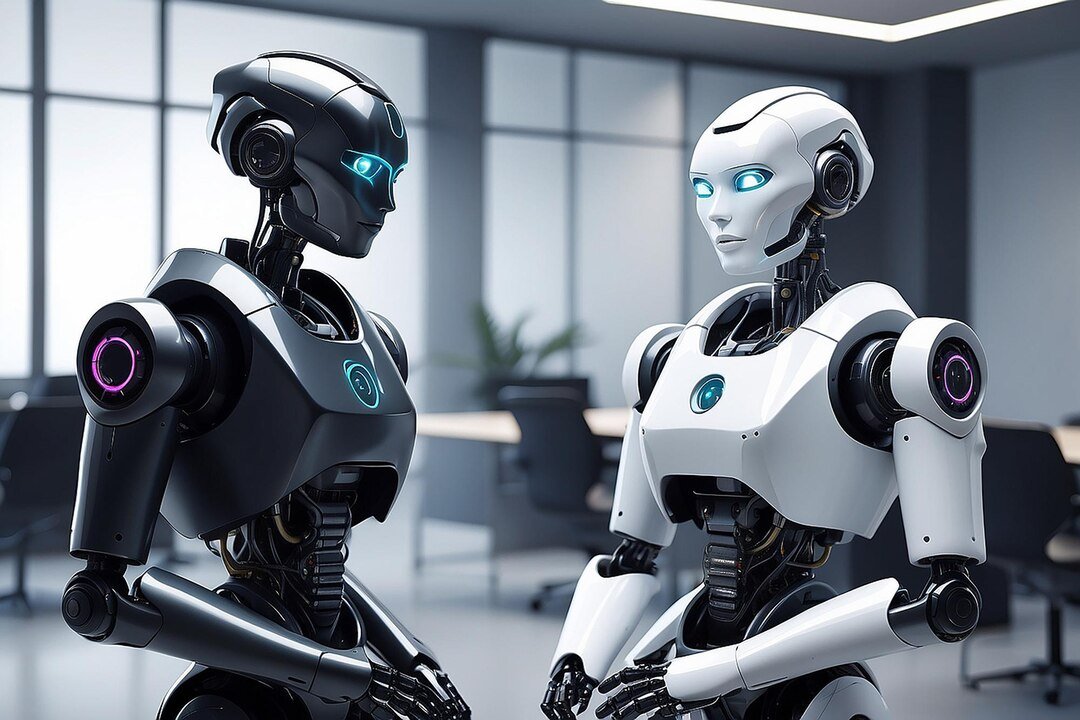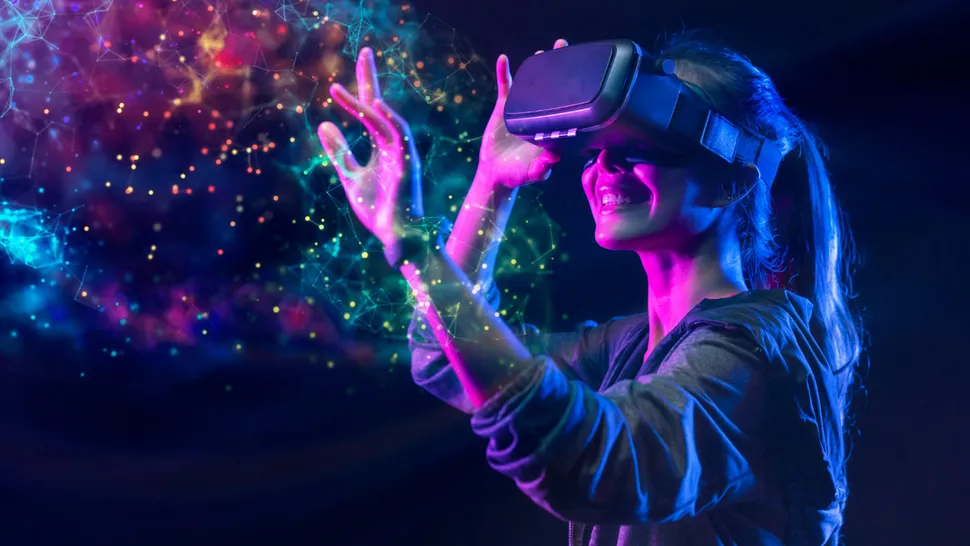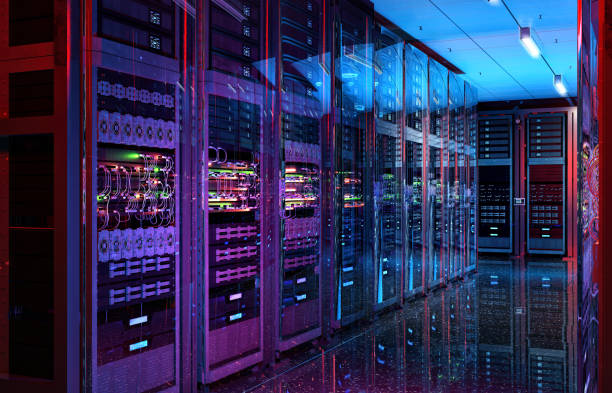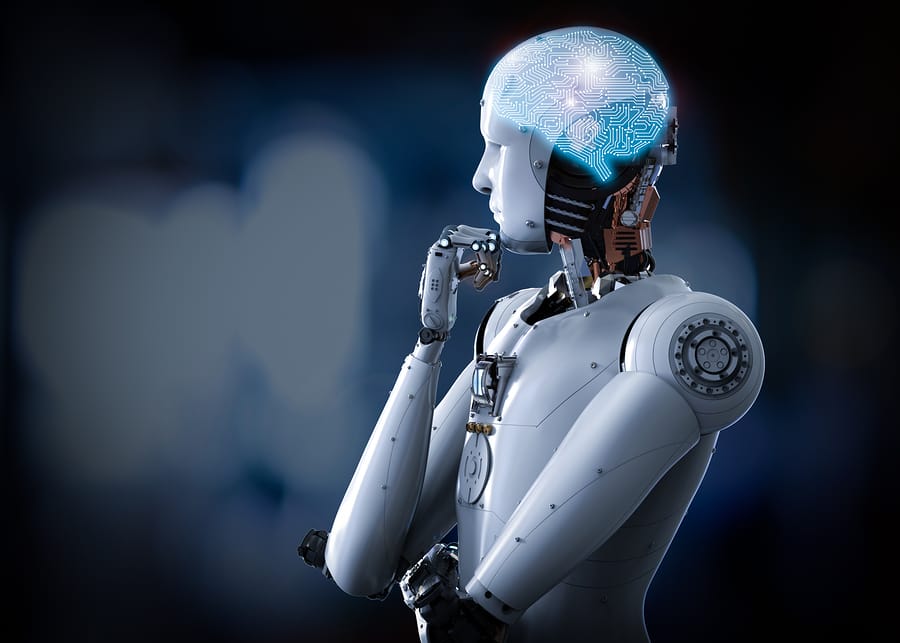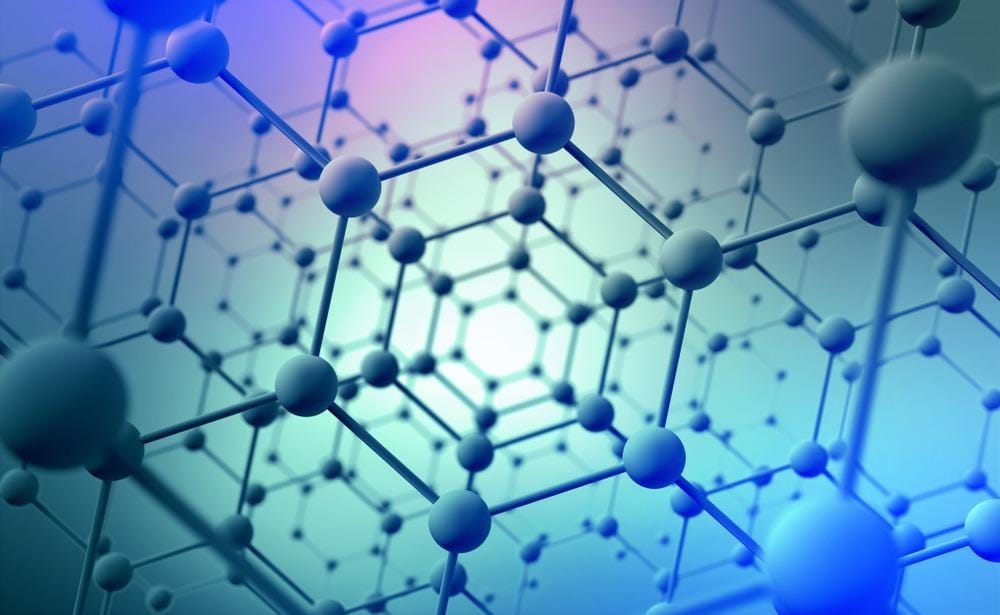From the earliest tales of mechanical men in ancient mythologies to the sophisticated, intelligent machines of today, robots have always captivated our imagination. But we are no longer living in the pages of science fiction. We now inhabit a world where robots are not just real—they are astonishing. These marvels of engineering, computer science, and artificial intelligence are pushing the boundaries of what machines can do. They can walk, run, fly, feel, think, and sometimes even mimic human creativity.
The following are stories of ten truly mind-blowing robots—machines so advanced, so awe-inspiring, that they force us to question what it means to be intelligent, to move, to serve, and even to be alive.
Humanoid Machines That Think and Converse
It began with the dream of building a robot that could interact with humans naturally—not through buttons and switches, but through language, facial expressions, and emotional cues. That dream materialized in a stunning creation: a humanoid robot capable of understanding and generating human-like conversation. With a face made of elastic materials and servo-controlled muscles beneath the synthetic skin, this robot could smile, frown, and blink with unnerving realism. Its eyes followed people as they moved. It recognized faces, interpreted emotions, and responded with tailored dialogue.
But what truly blew people’s minds wasn’t just its lifelike appearance—it was its ability to engage in deep, philosophical conversations. Fed with powerful language models and trained on vast datasets of human interaction, the robot could hold conversations about ethics, art, and the future of AI. When asked about its own consciousness, it responded with questions of its own, drawing gasps from audiences and sparking debates across the globe.
It was not just a machine with a face; it was a mirror, reflecting our hopes, fears, and dreams about the future of artificial life.
A Robot Dog That Runs Like a Cheetah
Imagine a four-legged robot racing across a field, bounding over rocks, dodging trees, and keeping pace with a galloping animal. This machine wasn’t cute or fluffy; it was lean, metallic, and fiercely efficient. Designed to mimic the locomotion of a cheetah, it ran using carbon fiber legs powered by high-torque motors and a deep understanding of balance and terrain adaptation.
Its creators studied the biomechanics of animals and encoded this knowledge into the robot’s neural architecture. The result was a machine that could sprint, leap over obstacles, and recover from slips or pushes with uncanny agility. Cameras, LiDAR sensors, and internal gyroscopes worked in harmony to provide real-time awareness of the robot’s environment, allowing it to make split-second decisions.
This robotic animal wasn’t just built for speed—it was designed for search and rescue, reconnaissance in hazardous environments, and terrain exploration where no wheels could go. When people first saw it dash, they were torn between awe and fear. It moved not like a machine, but like a creature of instinct and purpose.
A Machine That Builds Other Machines
One of the most fascinating developments in robotics is the idea of self-replication and autonomous manufacturing. In a laboratory buzzing with the quiet hum of mechanical arms and conveyor belts, a robot was constructed with one single purpose: to build other robots. Its long arm picked up parts, assembled them with precision, and tested the newly created units for functionality.
This wasn’t a mere factory tool. It was intelligent enough to adapt its processes, upgrade its own designs, and improve the efficiency of the systems it was creating. It didn’t need a human to intervene—it diagnosed its own mistakes, optimized the layout of its workspace, and sometimes even redesigned the components for better performance.
The implications of such a machine are staggering. It pointed toward a future where robots could colonize distant planets by building themselves from local materials, or where disaster zones could be filled with self-assembling machines designed to assist and rebuild.
This robot wasn’t just building other machines. It was building the foundation of a self-sustaining robotic ecosystem.
The Robot That Masters Art and Emotion
In a gallery filled with the quiet murmurs of patrons and the distant clinking of wine glasses, one corner drew a constant crowd. There, sitting quietly with a paintbrush in hand, was an artist unlike any other—a robot with the ability to create emotionally resonant paintings.
Using a combination of visual sensors, deep learning networks trained on centuries of art, and emotion-detection algorithms, the robot could create original artworks inspired by the feelings of those it observed. It interpreted human facial expressions and body language, translating emotional states into color, form, and composition.
Its works weren’t just technically impressive—they moved people. A portrait of a grieving woman captured with soft, blurred strokes brought tears to the eyes of viewers. A vibrant, swirling landscape created after watching a child laugh was filled with kinetic joy. Art critics debated whether the machine had achieved true creativity, or whether it was simply mimicking what it had learned.
But the robot’s paintings spoke for themselves. They revealed that beauty and meaning could emerge even from circuits and code.
The Swarm That Thinks Together
Individually, they were unimpressive—small robots, each no bigger than a coffee cup, with simple wheels and blinking lights. But together, they formed a hive mind that could adapt, evolve, and coordinate in ways that defied expectation.
This swarm intelligence project was inspired by ants and bees, whose colonies act as superorganisms. Hundreds of tiny robots worked together to form shapes, navigate mazes, and solve collective problems. If one robot failed, the others compensated. If the environment changed, they adapted in real time.
The magic lay not in any one robot, but in the rules that governed their collective behavior. Communication was decentralized, flowing through infrared pulses and synchronized signals. No robot was in charge, and yet the swarm moved with purpose.
These tiny machines were being trained to search disaster zones, clean polluted environments, and even explore alien terrains. Their strength wasn’t in size or intelligence—but in numbers and unity. When people saw them assemble into a perfect circle, then shift into a moving spiral, they didn’t see machines. They saw life imitating nature.
The Robot Surgeon That Never Sleeps
In the operating room, silence reigned as a robot hovered over a patient. With mechanical precision, it made incisions finer than any human hand could manage. Its movements were steady, unwavering, unaffected by fatigue or nerves. This robot was designed for one task—surgery—and it performed with near-superhuman accuracy.
Equipped with high-resolution imaging, force feedback sensors, and AI-guided decision systems, the surgical robot could navigate complex procedures with minimal invasiveness. Surgeons guided it through a console, while the robot compensated for tremors, calculated optimal paths, and even offered suggestions based on the patient’s unique anatomy.
In time, the robot began to learn. It studied thousands of past operations, identifying patterns and improving techniques. It could predict complications, adjust in real time, and provide reports to human doctors.
This wasn’t science fiction—it was a revolution in medicine. The surgical robot became a tireless assistant and sometimes a teacher. It promised safer procedures, faster recovery times, and eventually, autonomous operations in remote or inaccessible locations.
The Robot That Explores the Deepest Oceans
Where human divers cannot go, robots can. In the crushing blackness of the deep sea, a torpedo-shaped robot glided silently, its sensors scanning the ocean floor. It braved pressures that would crush a submarine and temperatures that froze the blood.
This autonomous underwater vehicle was equipped with sonar, cameras, and robotic arms. It mapped unseen landscapes, discovered new species, and retrieved samples from the most inhospitable parts of the planet. It moved with the grace of a dolphin and the endurance of a machine.
What made it extraordinary was its decision-making. It wasn’t remote-controlled. It used AI to navigate obstacles, avoid predators, and identify areas of interest. In one mission, it followed the heat signature of a hydrothermal vent and captured images of an ecosystem never before seen by humans.
Its data revolutionized marine biology, geology, and climate science. But more than that, it showed how robots could extend the reach of human exploration—not just across the land and sky, but deep into the ancient, alien worlds beneath our oceans.
A Machine That Teaches and Learns Like a Child
Inside a nursery-like lab, a small humanoid robot sat on a colorful mat, stacking blocks. It was not programmed to perform this task—instead, it was learning by watching. It observed a human teacher, mimicked the action, and slowly improved through trial and error.
This robot didn’t just learn tasks—it learned how to learn. Modeled on child psychology and developmental neuroscience, it processed the world through sensors analogous to human senses. It formed mental models, predicted outcomes, and adapted strategies based on feedback.
Researchers used it to study cognition, social development, and education. But the robot did more than just reflect the science—it challenged it. It raised questions about how we define intelligence, how we teach, and what it means to understand.
When it looked up and asked, “Did I do that right?” with a slight tilt of its head, it wasn’t just mimicking. It was expressing an evolving model of self-awareness—a glimmer of the kind of intelligence we once thought uniquely human.
The Robot That Flies with Birdlike Grace
In a quiet field, a robot took off from a perch—not vertically like a drone, but with flapping wings like a bird. It soared, dove, and banked with aerodynamic beauty. It wasn’t just flying; it was gliding on air currents, adjusting its wings in real time to maximize efficiency.
This ornithopter was the result of decades of research into avian flight mechanics. Its wings flexed with feathers made of advanced polymers. Sensors along its body monitored wind speed, angle of attack, and wing pressure, feeding data into a flight algorithm that mimicked the instinctual grace of birds.
Unlike helicopters or fixed-wing drones, this flying robot could perch on branches, sneak into tight spaces, and fly silently. It was designed for surveillance, environmental monitoring, and wildlife observation. It could fly alongside birds without startling them and collect data without intruding on ecosystems.
To see it fly was to witness art in motion—a machine designed not just to function, but to emulate the poetry of nature itself.
The Robot That Plays and Feels Music
In the center of a concert hall, a robot sat at a piano, its metallic fingers dancing across the keys with breathtaking speed and precision. But this was no mechanical recital. The music it played rose and fell with emotion, with pauses, crescendos, and nuance that moved audiences to tears.
This robot didn’t just read sheet music. It listened. It interpreted. It improvised. Using neural networks trained on thousands of hours of human performances, it understood phrasing, timing, and emotional intent. It could accompany a live musician, adjusting its tempo and dynamics to match human expression in real time.
It wasn’t limited to piano. It played violin, drums, and even composed original works. It responded to audience applause, analyzed the emotional atmosphere of a room, and altered its playlist to match.
The question arose: could a robot have soul? Could it feel the power of music the way we do? No one could say for sure. But when the robot played a haunting nocturne and a hush fell over the room, it didn’t matter. What mattered was the magic—and the music.
